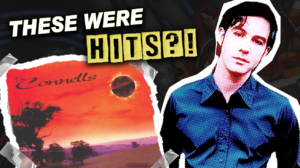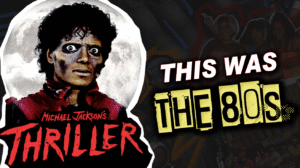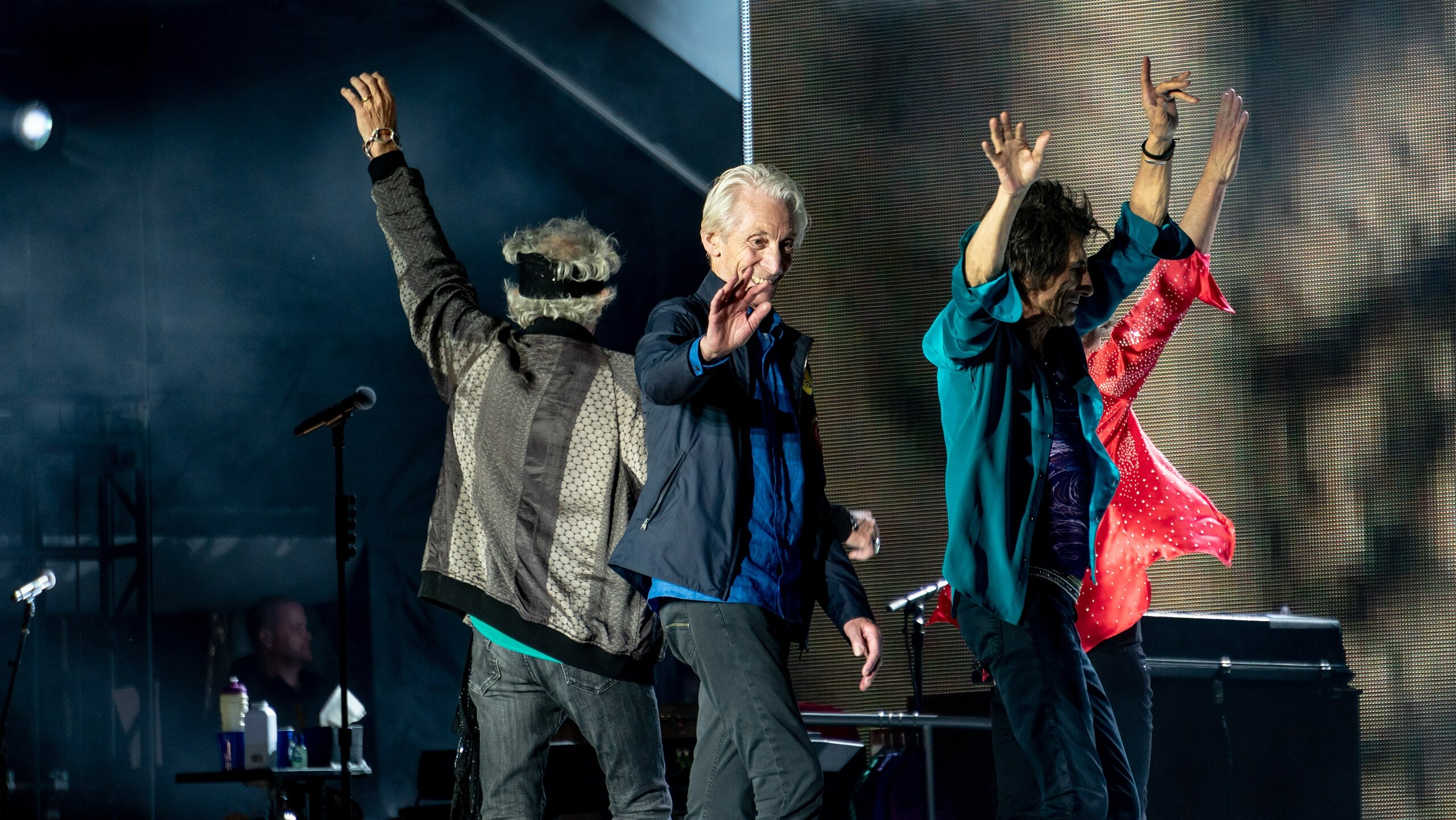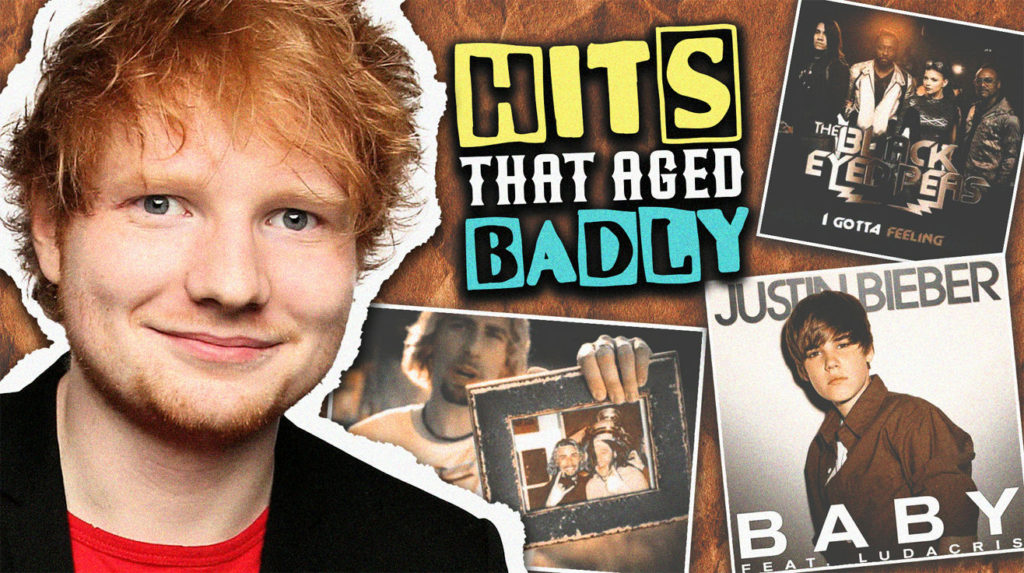
Remember when that perfect hook gave you chills? Fast forward three months and the same song triggers the fight-or-flight response. Music saturation changes everything. What once charmed now grates against every nerve ending. Simple melodies become sonic wallpaper. Lyrics lose their magic. Cultural omnipresence transforms art into noise. Here’s a countdown of earworms that evolved into eardespair.
10. The Kid LAROI & Justin Bieber – Stay
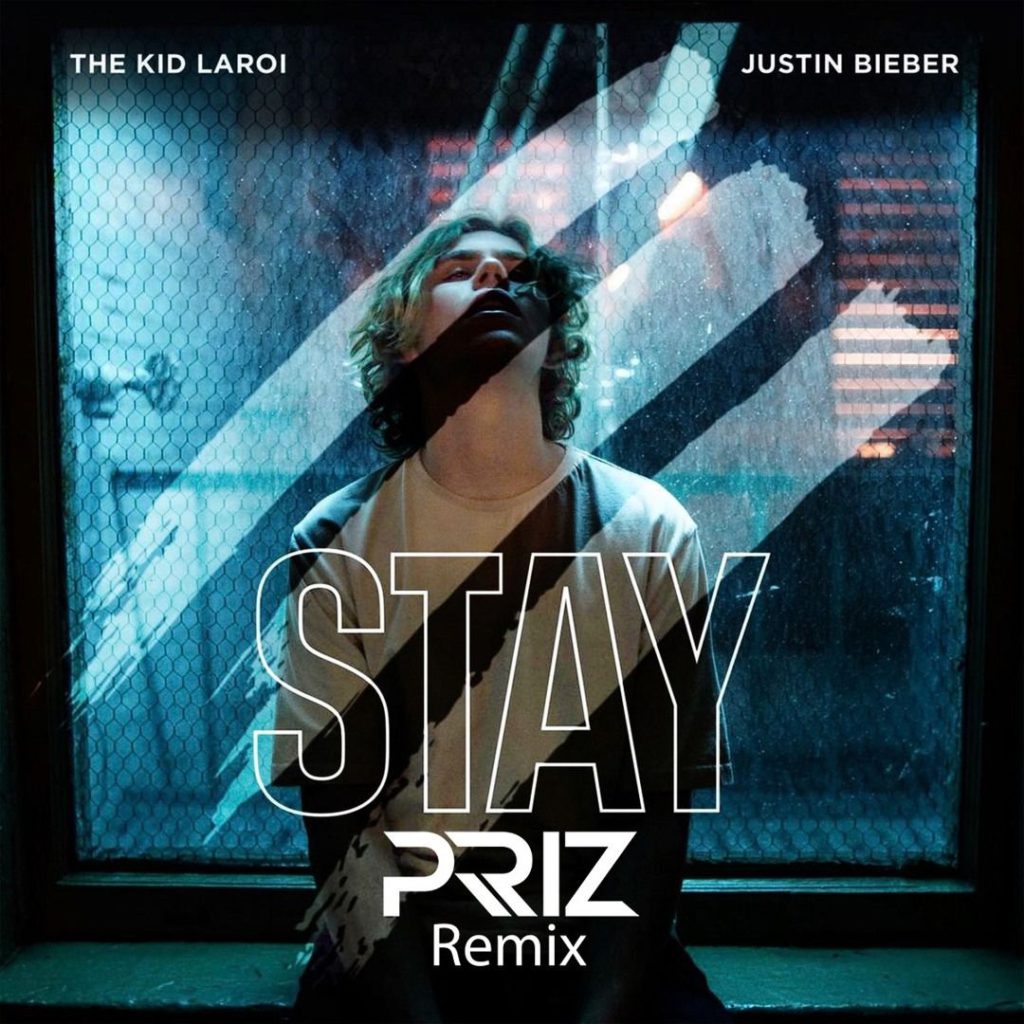
“Stay” raced to 2 billion Spotify streams in record time. This 2021 collaboration between Australian newcomer The Kid LAROI and Justin Bieber dominated 20 countries at once. It spent 7 weeks atop Billboard. Its caffeinated 170 BPM heartbeat hooked listeners worldwide. The song became the soundtrack of summer.
The short 2:21 runtime backfired spectacularly. Those streams revealed a harsh truth about digital consumption. Each replay weakened its impact. What began as fresh summer music turned stale through overplay. Its simple lyrics and structure wore out fast. By becoming unavoidable, “Stay” made listeners crave silence instead.
9. Gayle – abcdefu
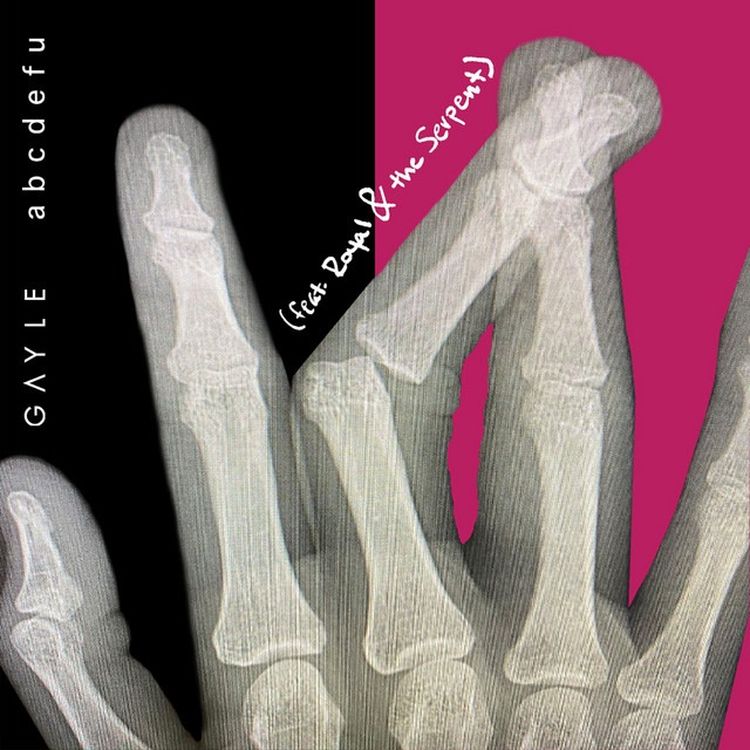
Gayle’s breakup anthem swept through TikTok like wildfire in 2021. It hit #1 in the UK and #3 on Billboard with its middle-finger energy. The track spread through social feeds faster than gossip. Young listeners embraced its cathartic rage as their own personal soundtrack.
Behind those billion-plus streams lies a lesson in digital burnout. What started as raw emotion quickly became performative angst. The algorithm that crowned Gayle with multi-platinum status also ensured her ubiquity. This turned rebellion into background noise for retail shopping. Even the famous spared dog in the lyrics probably grew tired of hearing it.
8. Justin Bieber featuring Ludacris – Baby
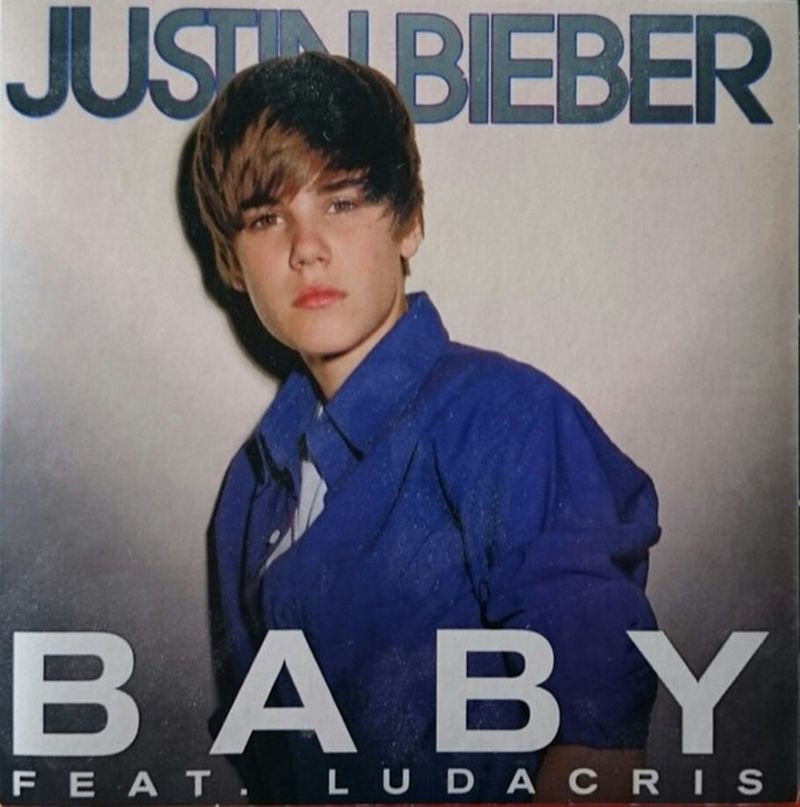
Bieber’s 2010 breakthrough created instant division. His collaboration with Ludacris reached top 5 in 15 countries. The song became a blueprint for teen pop stardom in the social media age. Industry veterans crafted the perfect vehicle for tween obsession. The sound was calculated for maximum earworm potential.
The chorus stuck like glue. Impossible to remove once heard. The song’s 2.8 billion YouTube views came with record numbers of dislikes. Now diamond-certified with 12 million sales, “Baby” represents both launching pad and albatross. It became the ultimate generational divider. No one stays neutral when that chorus hits.
7. Willow Smith – Whip My Hair

Nine-year-old Willow became an overnight sensation in 2010. Her track about self-expression reached #11 on Billboard and platinum status. It packaged childhood energy into pop form. The empowering message connected with young listeners. Adults found themselves humming it against their will.
The chorus became parents’ nightmare. Smith later rejected the song completely. Willow Smith’s later disavowal of her breakthrough track echoes the dilemma faced by many artists trapped by an unexpected mega-hit—learn about other one-hit wonders who hate their own song. Her decision to shave her head in 2012 symbolized reclaiming her identity. The track now serves as a warning about child stardom. It shows what happens when young artists are pushed into personas before they’ve finished elementary school.
6. Black Eyed Peas – I Gotta Feeling
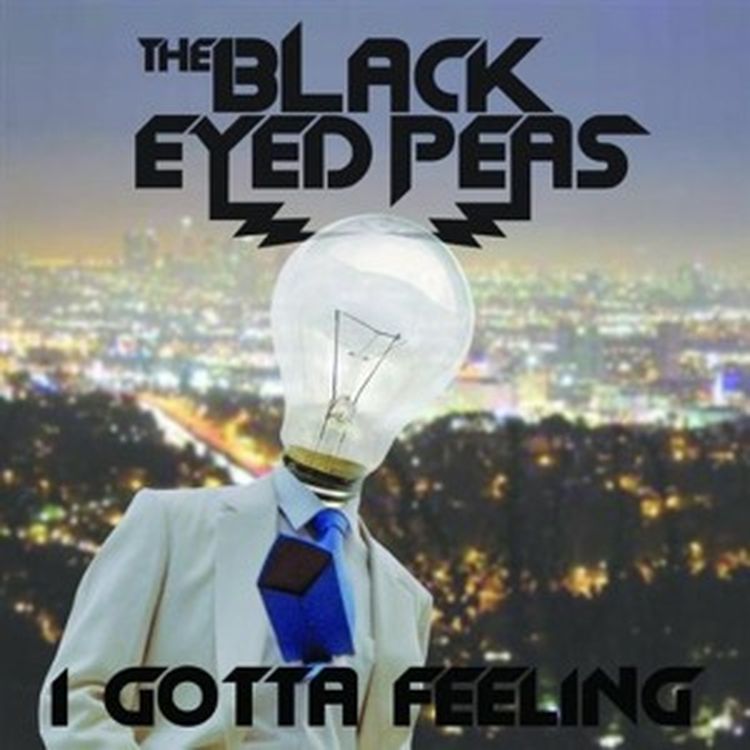
This 2009 party anthem spent 14 weeks atop Billboard. It infiltrated every wedding, graduation, and office gathering. The David Guetta-produced track bottled artificial euphoria. It convinced millions they were having fun while forming awkward dance circles.
The phrase “tonight’s gonna be a good night” appears 24 times. Pure torture. About 90% of former club-goers now cringe at those opening notes. Its 10 million digital sales ensured the song would haunt humanity forever. Early listeners enjoyed the rush. Late arrivals only knew the hangover.
5. Glass Animals – Heat Waves
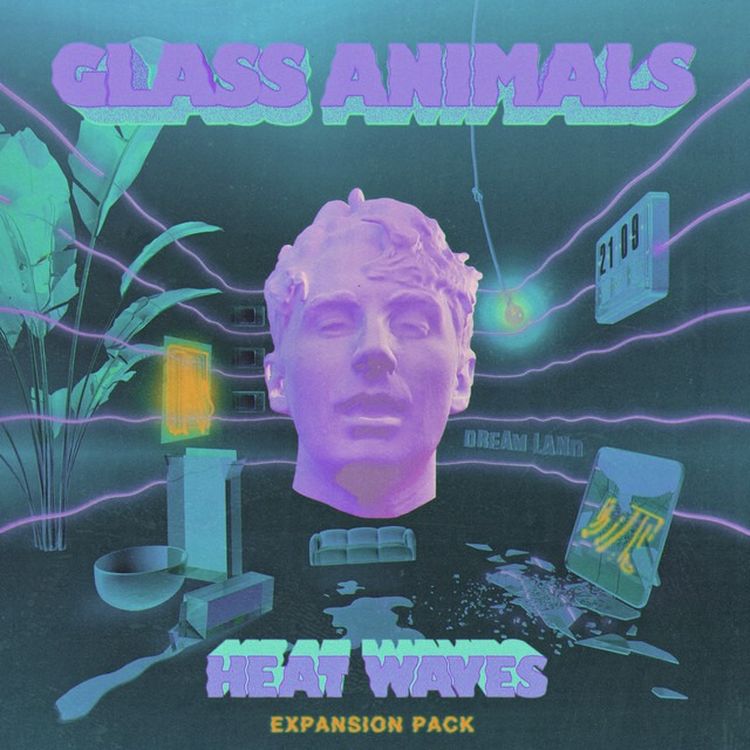
This song set a Billboard record with its 59-week climb to #1. The 2020 release started as an indie secret. Its hazy sound and honest lyrics created an emotional refuge during lockdown. Glass Animals broke through without selling out.
The slow rise created unique listener fatigue. Early fans suffered months of overexposure while newcomers “discovered” it daily. Those 2 billion Spotify streams show how algorithms force-feed songs until they lose meaning. By becoming Billboard’s #1 song of 2022, “Heat Waves” proved even authentic hits can wear out their welcome.
4. Meghan Trainor – All About That Bass
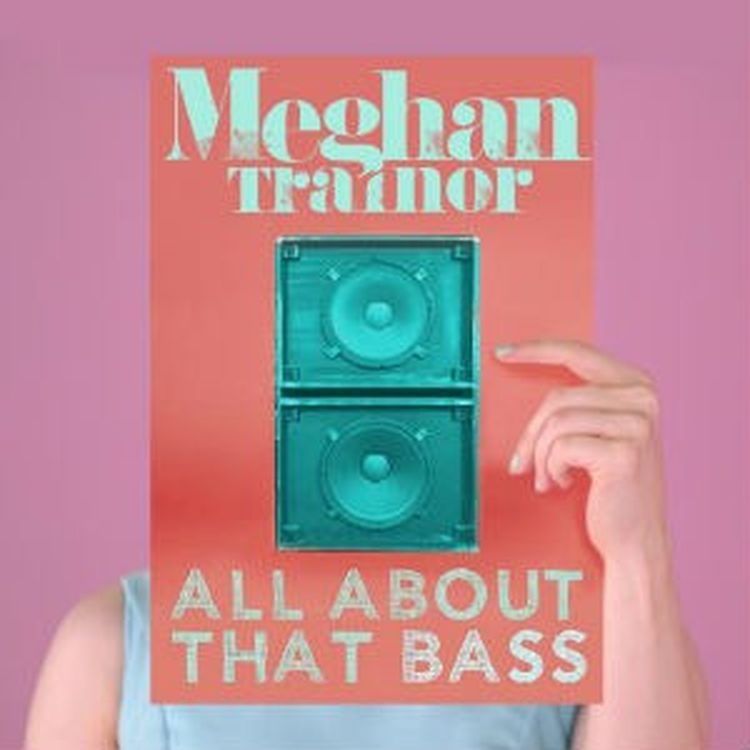
This 2014 body-positive anthem topped charts in 58 countries. Trainor’s doo-wop style moved 11 million units globally. The retro sound stood out in an EDM world. Its message seemed progressive at first glance. People of all sizes celebrated its arrival.
The Grammy-nominated track had problems beneath the surface. The message still centered male approval as validation. This diamond-certified hit played in every store and mall in America. It changed from empowerment to irritation almost overnight. What began as celebration became as welcome as unsolicited advice.
3. Pharrell Williams – Happy
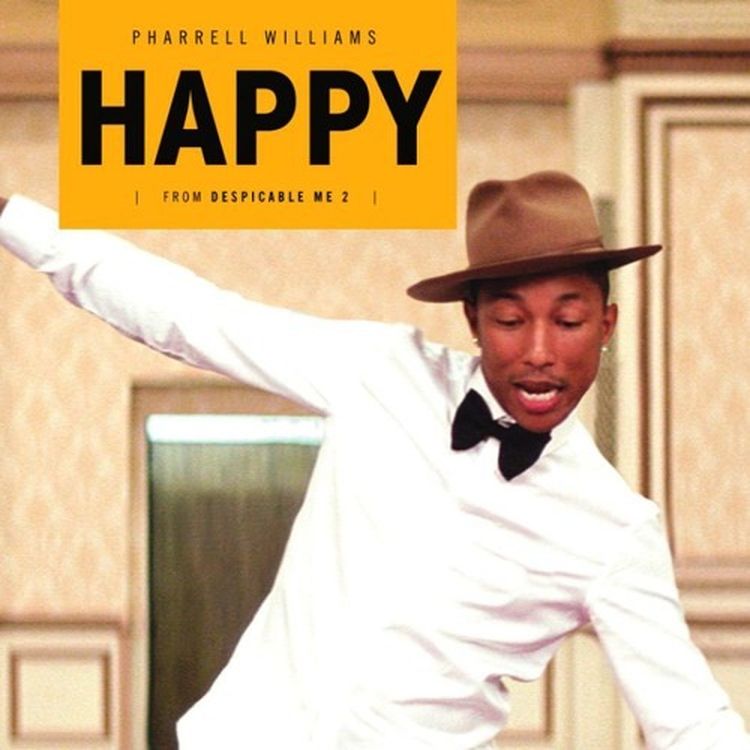
This 2013 juggernaut topped charts in 20+ countries. It won Grammy awards and pioneered a 24-hour video format. The “Despicable Me 2” soundtrack cut arrived during tough economic times. Four minutes of pure dopamine. A temporary escape from reality.
The word “happy” appears over 50 times. Brutal. Commercials used it to sell everything from cereal to insurance. No escape. What began as joy became sonic torture. Those diamond certifications and 14 million sales worldwide reveal a paradox. Too much happiness becomes misery when you can’t turn it off.
2. Nickelback – Photograph

This 2005 nostalgia trip helped “All the Right Reasons” reach diamond status. Meanwhile, the internet declared war on the band. The song uses simple chords and direct lyrics about hometown memories. Its formula worked commercially while critics sharpened their knives.
Those 1.4 billion YouTube views tell a complex story. The opening line became an instant meme. The band generates royalties and ridicule simultaneously. Nickelback’s success continues despite the mockery. Sometimes being hated proves more profitable than being forgotten.
1. Ed Sheeran – Bad Habits
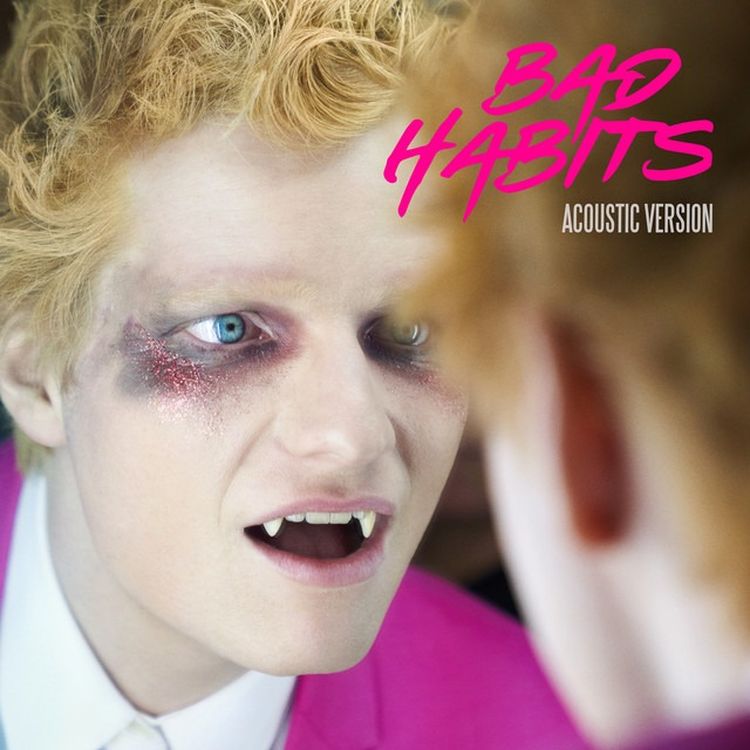
Sheeran’s 2021 genre shift topped charts worldwide. It held the UK #1 spot for 11 weeks. His pivot from acoustic storyteller to electronic hitmaker surprised fans. Some embraced the evolution. Others felt betrayed by the new direction.
Those billion-plus streams highlight music’s central tension. Artists must evolve while keeping fans happy. Radio stations played the song hourly. The vampire-themed video completed Sheeran’s transformation from authentic voice to pop algorithm. It felt like your favorite coffee shop secretly becoming a franchise overnight. From performative angst to retail anthem fatigue, some pop anthems become infamous for all the wrong reasons. Explore more examples in this feature on songs that became infamous for the wrong reasons.




